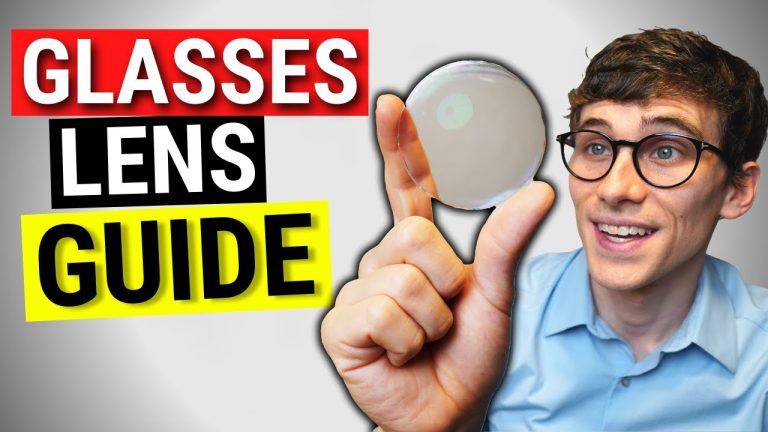Hoya Vision’s Guide to Choosing the Right Lens Material for Prescription Tactical Goggles with Progressive Occupational Bifocals
Hoya Vision’s Guide to Choosing the Right Lens Material for Prescription Tactical Goggles with Progressive Occupational Bifocals
Prescription tactical goggles with progressive occupational bifocals are essential for many professionals who need to see clearly at different distances while performing their jobs. Choosing the right lens material for these goggles is crucial for their effectiveness, durability, and comfort. That’s why Hoya Vision, a leading provider of innovative eyewear solutions, has created this guide to help you make an informed decision.
Types of Lens Materials
There are several types of lens materials to choose from, each with its own advantages and disadvantages. Here are the most common:
- Polycarbonate: This is a popular lens material because it is lightweight, impact-resistant, and provides UV protection. However, it is prone to scratches and is not as optically clear as other materials.
- Trivex: This is a newer material that is similar to polycarbonate but is even lighter, clearer, and more scratch-resistant. However, it is also more expensive.
- High-Index Plastic: This material is thinner and lighter than polycarbonate and trivex, making it a good choice for higher prescriptions. However, it is more expensive and not as impact-resistant.
Lens Coatings
Once you have chosen your lens material, you can also add coatings to enhance its performance:
- Anti-Reflective Coating: This coating reduces glare and enhances clarity, making it easier to see in different lighting conditions.
- Scratch-Resistant Coating: This coating makes the lens more durable and prevents scratches from everyday wear and tear.
- UV-Blocking Coating: This coating provides additional protection against harmful UV rays.
Consider Your Needs
When choosing the right lens material and coatings for your prescription tactical goggles with progressive occupational bifocals, it’s important to consider your specific needs. Here are some things to think about:
- What is your occupation or activity? Do you need a lightweight and impact-resistant material?
- What is your prescription? Do you need a thinner material for higher prescriptions?
- What is your budget? Do you need to prioritize affordability or performance?
- What conditions will you be wearing your goggles in? Do you need additional coatings for glare or UV protection?
Conclusion
Choosing the right lens material and coatings for your prescription tactical goggles with progressive occupational bifocals is essential for their effectiveness, durability, and comfort. By considering your specific needs and the advantages and disadvantages of each material and coating, you can make an informed decision. Hoya Vision offers a wide range of high-quality and innovative eyewear solutions to meet your unique needs. Contact us today to learn more!
Contents
Most wanted in Hoya Vision:
What are prism eyeglass lenses?
Hoya Lens Engravings
What brand lenses does Costco use?
What does +0.25 mean on an eye test?
Do tinted glasses help with migraines?
Should eyeglasses cover eyebrows?
Hoya Identification Chart
What LED light is best for broken capillaries?
Does hyperopia worsen with age?
What is the difference between Ray Ban RB and Rx?
















